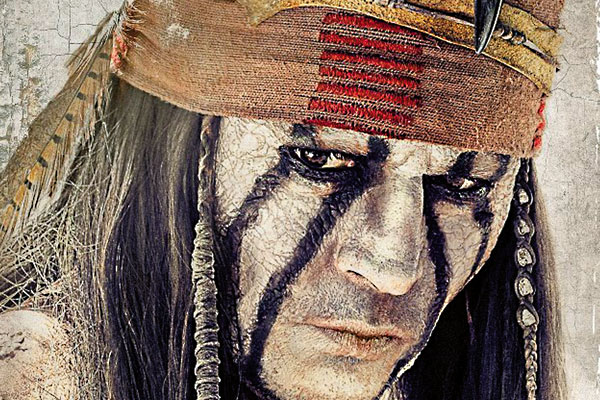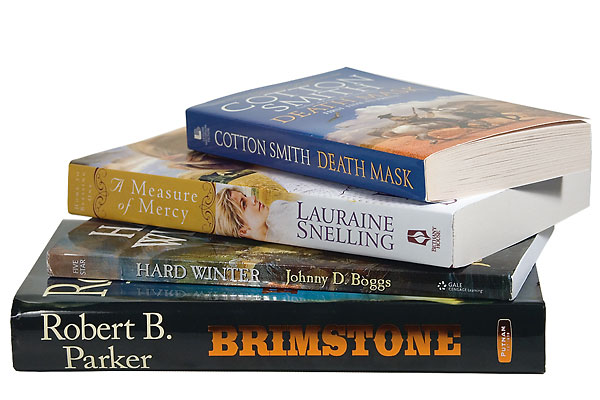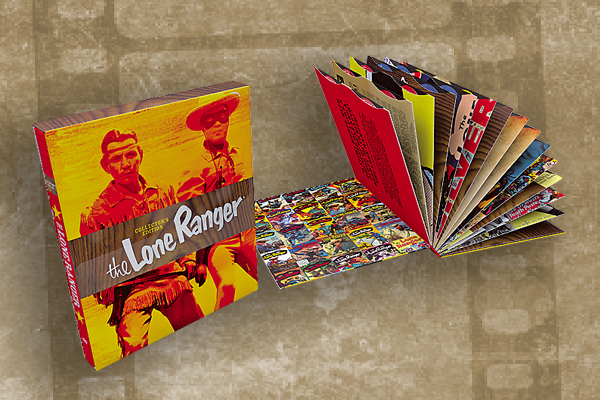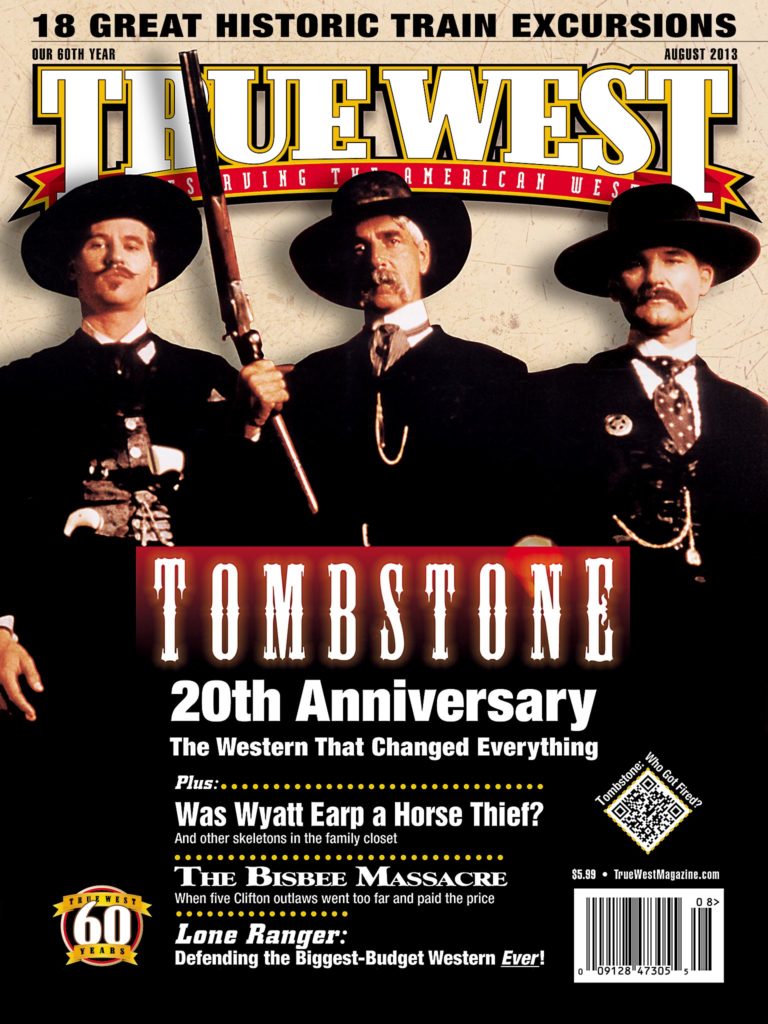 Michael Blake grew up in the “business.” His father was a fine character actor who appeared in scores of movies and television shows, including the classic High Noon, while Blake has carved out a three-decades-long career for himself as a first-rate makeup artist. Among recent projects,
Michael Blake grew up in the “business.” His father was a fine character actor who appeared in scores of movies and television shows, including the classic High Noon, while Blake has carved out a three-decades-long career for himself as a first-rate makeup artist. Among recent projects,
he lent his talents to two Academy Award winners: Argo and Lincoln. He’s also an authority on Western cinema (his book Code of Honor is a must-have) and on the life of film legend Lon Chaney.
You could say that Blake has been around the corral more than once, so I was impressed to hear his enthusiasm about the new Lone Ranger, a $250 million movie (the biggest budget for a Western to date) that has been shrouded in mystery about practically everything except Johnny Depp’s headdress: “They wanted me for the shoot in New Mexico and Monument Valley, and they didn’t take me because they could only bring a certain number of people from L.A. You have to hire locals. But when they returned, they asked if I wanted to do it, and I said ‘Hell, yes!’”
As “luck of production” would have it, what needed to be shot included the massive train sequence that is one of the film’s major action set pieces. Director Gore Verbinski (Rango, Pirates of the Caribbean) knows how to get makeup, stunts and special effects to work in concert for a scene like this, and Blake was impressed: “We were way out in the boonies, and they had one of the trains on a flatbed truck, and Tonto’s and the Lone Ranger’s doubles are on top of the train. The cameras were running alongside, to see Tonto and the Lone Ranger on the top. It’s all part of a giant fight with the bad guys.”
Executing that shot was one piece of the puzzle: “Then we were at Santa Anita [racetrack] parking lot. They had huge shipping containers on top of each other, where they’d hang a blue scrim, and
then two train cars on top of that.
The cars we were using were a little bit wider than normal, because the Lone Ranger rides Silver right down the middle of the aisle.”
When it came to Lone Ranger stunts, only the best would do. “The greatest thing for me being there was we had what I call the “Gathering of the Eagles of Stuntmen”—Terry Leonard, Mic Rodgers, Hal Burton. Guys I’d worked with over and over, and hadn’t seen in years.”
Leonard is a living legend, having begun his career working with John Wayne in McLintock! before racking up more than 100 movies as stunt coordinator and second-unit director for films that included 1993’s Tombstone and 2011’s Cowboys and Aliens.
“I’ve always found something amazing about stuntmen. These guys will dive out a window, fall off horses, get set on fire, but if you want to put a mustache on them or a pair of sideburns, they go crazy! You know, it’s hot and uncomfortable, and I understand. But Terry Leonard said, ‘Pard, I’ll wear whatever you want.’ Now Terry’s the stuntman’s stuntman, and I said, ‘Terry, with all that you’ve done, in good conscience, I can’t put anything on you!’ He laughed, because when he worked on Mackenna’s Gold, he doubled Telly Savalas and shaved his head!”
For Armie Hammer, portraying the Lone Ranger is a long ride from The Social Network to Monument Valley. “He knew he had big shoes to fill,” Blake says. “He’s very respectful of doing this part; he knows what this means to people. He’s not taking this lightly. Armie’s a huge fan of The Searchers. When he told me that, we became fast friends. I have to admit that when I heard about this production, and Johnny Depp and all that, I was really worried about what it was going to be like. But I honestly think this is going to be a good movie.”
When fans saw the first images of Depp in his headdress, the reaction was not positive. Blake counters that criticism: “It’s a different take, obviously. Johnny is someone who is very into makeup. If it helps his character and his part, he’s all for it, which is a makeup artist’s dream. So he’s not afraid to envision a character, and he has concept art he comes up with. People pish-poshed about the crow on his head, and I reminded them that there’s an eagle headdress at the Buffalo Bill Historical Center, so this stuff was real. The crow has an essential backstory to Tonto’s character, so there’s a real reason that it’s there. Don’t judge it on a still; you have to see the movie.”
Another animal plays as much a part of the Lone Ranger mythos as the Masked Man himself. ”There’s a very dynamic relationship between Silver and John Reid [Lone Ranger],” Blake says. “Remember that Tonto actually buries the Ranger? Silver paws at the grave and uncovers that he’s still alive.”
Blake’s desire to work on Lone Ranger had deeper roots than just racking up another prestige credit. “My dad Larry Blake worked on the original series. They shot them in two days,” he says. “He always told me you could never change the lines. You had to read it exactly the way it was on the page, couldn’t deviate at all.
“I think the movie’s going to be a rollicking adventure, a different take. You have to bring The Lone Ranger to today’s taste. You can’t do Clayton Moore today. That’s fine for kids of that generation and that period, but you need something more now. You want to see the bad guy get his real comeuppance. This Ranger’s going to shoot to kill, not shoot to wound.”
C. Courtney Joyner is a screenwriter and director with more than 25 produced movies to his credit. He is the author of The Westerners: Interviews with Actors, Directors and Writers.





